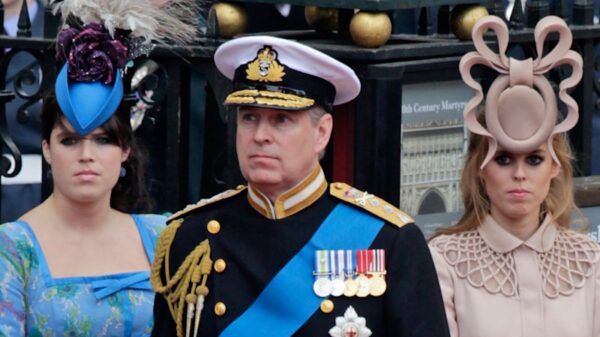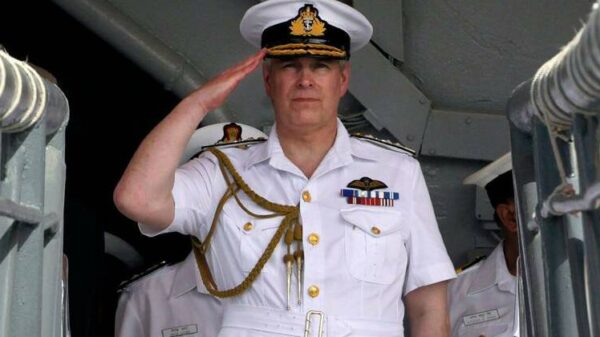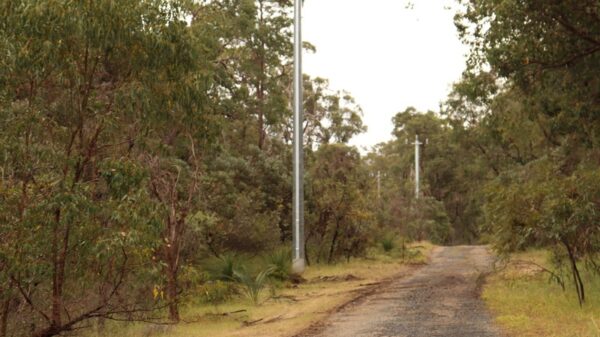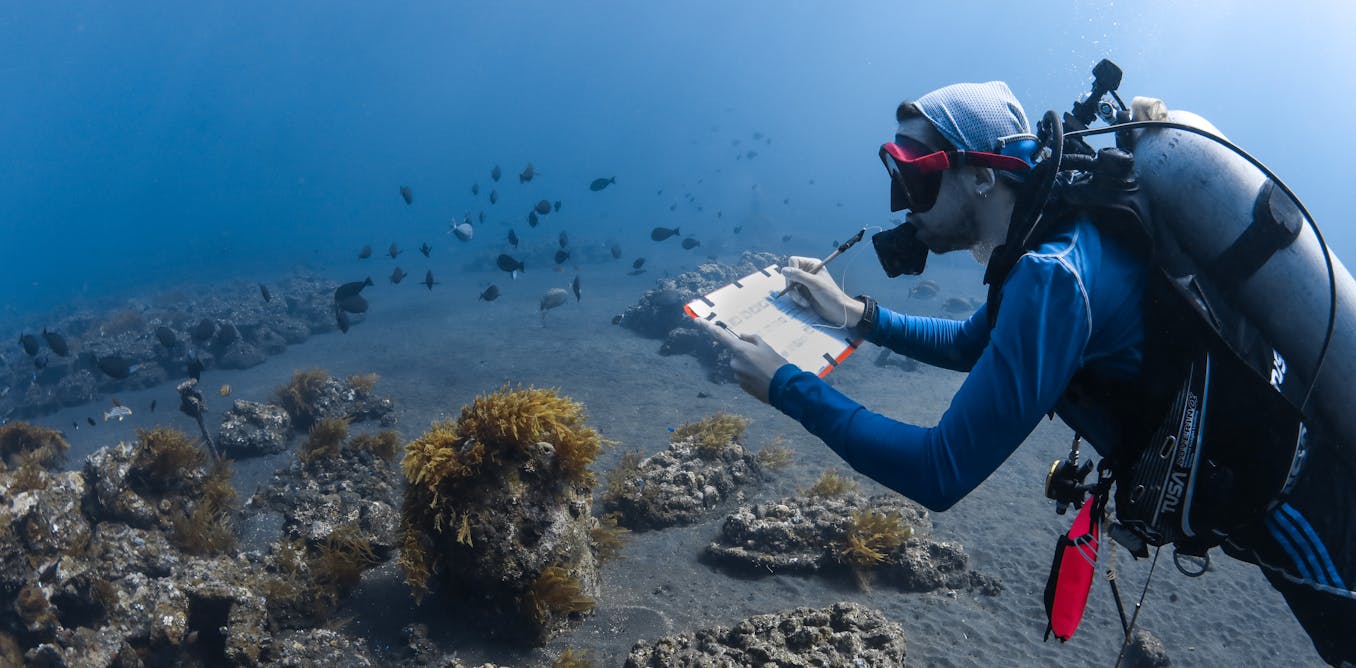Coral reef restoration efforts must evolve beyond merely increasing coral growth, according to a recent study published in the journal Restoration Ecology. Researchers argue that a crucial aspect of these initiatives is often overlooked: ensuring that reefs function as living ecosystems. The study, led by Zach Boakes, highlights the need for a comprehensive approach that considers the complex interactions among various reef organisms.
Over the last two decades, coral reef restoration has gained momentum, with numerous projects launched globally from Indonesia to the Caribbean. These initiatives typically focus on planting coral fragments or constructing artificial reef structures. While these efforts have shown promise, the study points out that many programs primarily measure success through basic indicators like coral cover and growth. Such metrics, though easy to quantify, do not provide a full picture of a reef’s health and functionality.
Understanding Ecosystem Functioning
The concept of “ecosystem functioning” encompasses the flow of energy and nutrients through living reef organisms, including fish, sponges, and algae. The researchers emphasize that many current restoration projects prioritize short-term results, often relying on fast-growing corals from the family Acroporidae. While these corals may deliver immediate visual success, the long-term implications are concerning. They often result in reefs that lack the necessary diversity, habitat complexity, and stable populations of essential species.
The authors argue that such approaches divert attention from the underlying causes of reef decline, particularly climate change. With millions of dollars invested in restoration efforts, the paper calls for a shift in focus toward creating ecologically functional reefs capable of withstanding environmental stressors.
Three Steps for Effective Restoration
The study outlines three key steps to enhance the effectiveness of coral reef restoration programs:
1. **Measure Ecosystem Functioning**: Many restoration projects fail to incorporate long-term monitoring. Over 60% of programs report monitoring periods of less than 18 months, focusing predominantly on simple metrics such as coral growth. The authors present a methodology for measuring eight key functional processes, which can provide a more comprehensive understanding of reef health.
2. **Prioritize Climate Resilience**: Current restoration efforts often focus on the rapid transplantation of heat-sensitive corals. As ocean temperatures rise, these corals are increasingly vulnerable to bleaching events. The researchers recommend diversifying coral selections to include species like Platygyra daedalea, which may be more resilient to heat stress. Acknowledging the realities of climate change, the study advocates for practices that maintain ecosystem functionality, even if coral populations struggle to recover.
3. **Recognize Key Reef Organisms**: The study emphasizes the importance of various reef organisms, such as sponges and specific fish species, that play critical roles in sustaining reef health. Despite their significance, these organisms are often neglected in restoration plans. The authors encourage programs to identify and protect these essential species, ensuring that the entire ecosystem thrives.
The research aims to enhance the long-term effectiveness of restoration efforts, shifting the perspective from a quick fix to a sustainable strategy that rebuilds the intricate relationships necessary for a functioning reef. By adopting these recommendations, future restoration initiatives can maximize ecological value and resilience.
Dr. Tries Blandine Razak, a co-author of the study, received funding from the Pew Charitable Trusts as a 2021 Pew Fellow in Marine Conservation. She currently serves as a Senior Coral Reef Restoration Specialist at the General Organization for the Conservation of Coral Reefs and Sea Turtles in Jeddah, Saudi Arabia.
Both authors express their commitment to the restoration of coral reef ecosystems, emphasizing that the goal is not merely to cover the seabed with coral but to foster a thriving, interconnected web of life that can endure environmental challenges.

































































